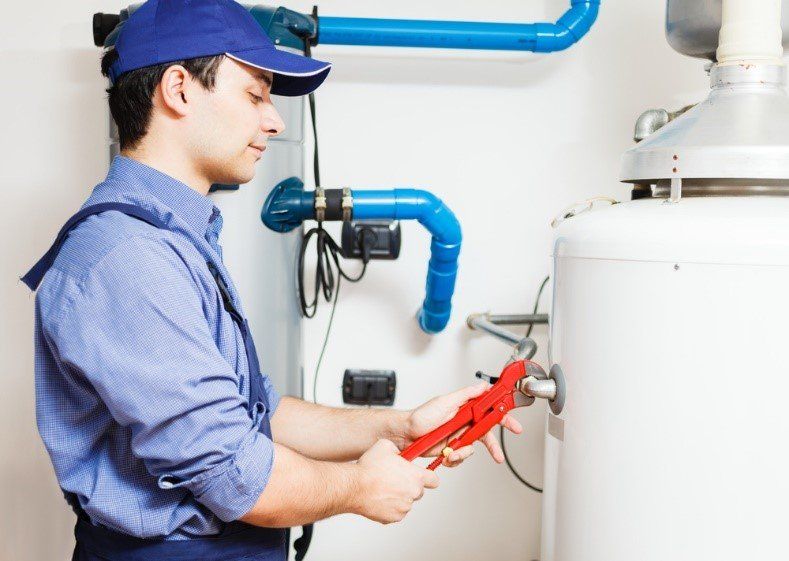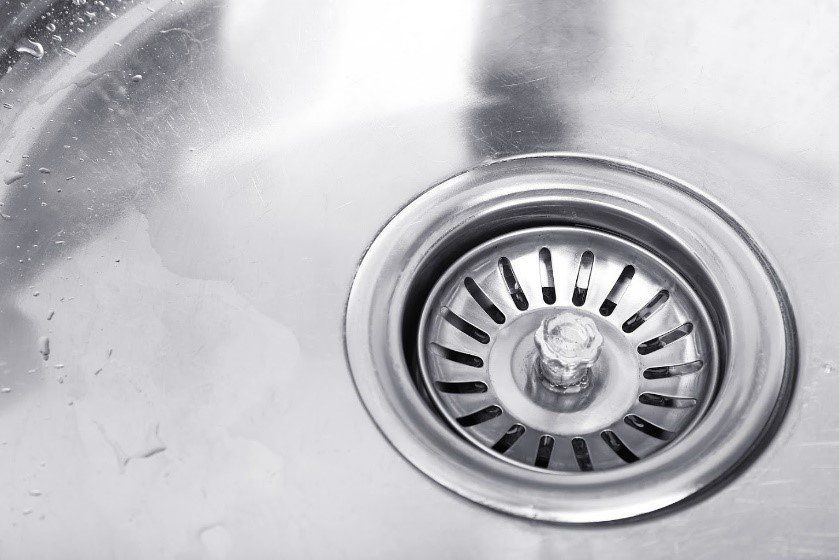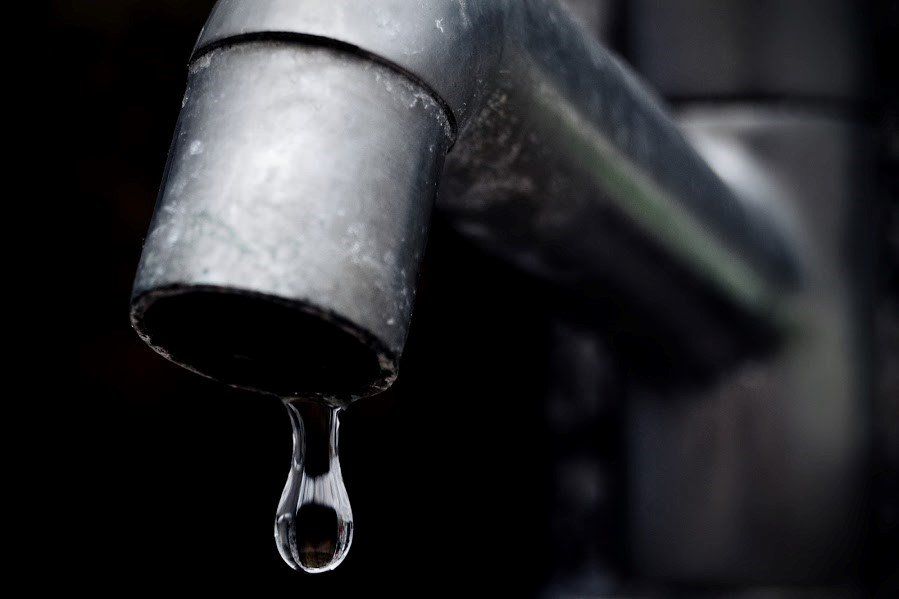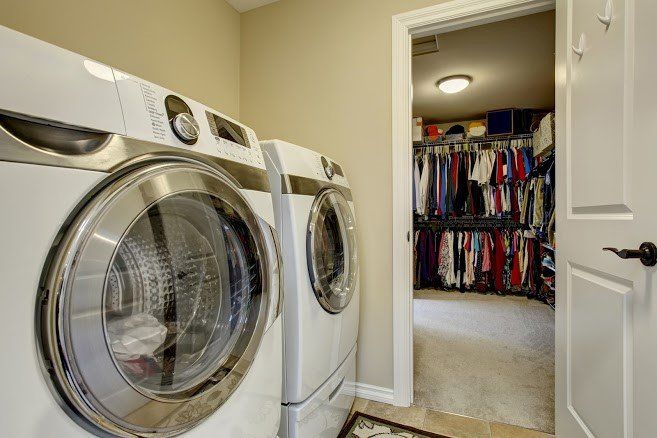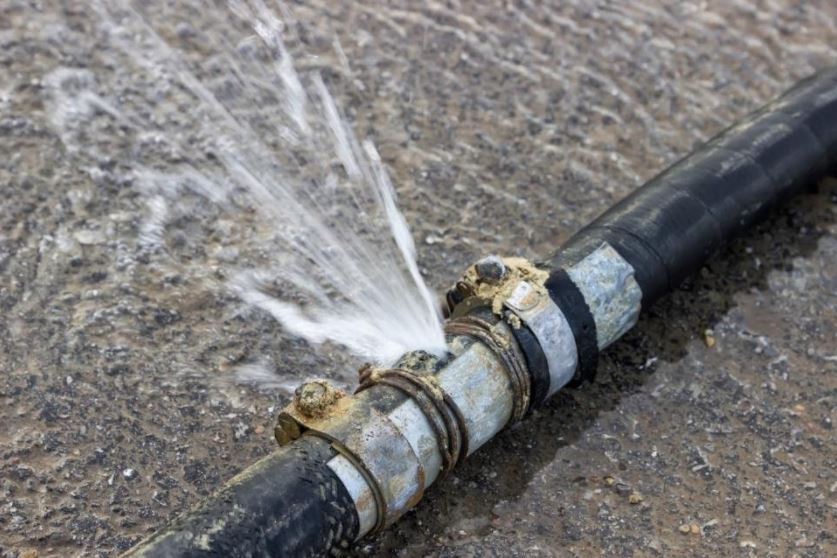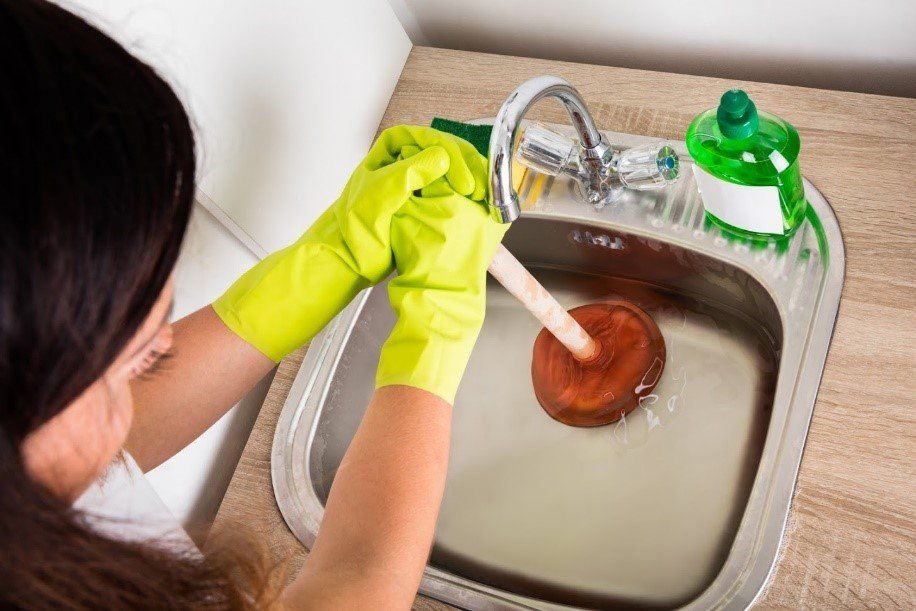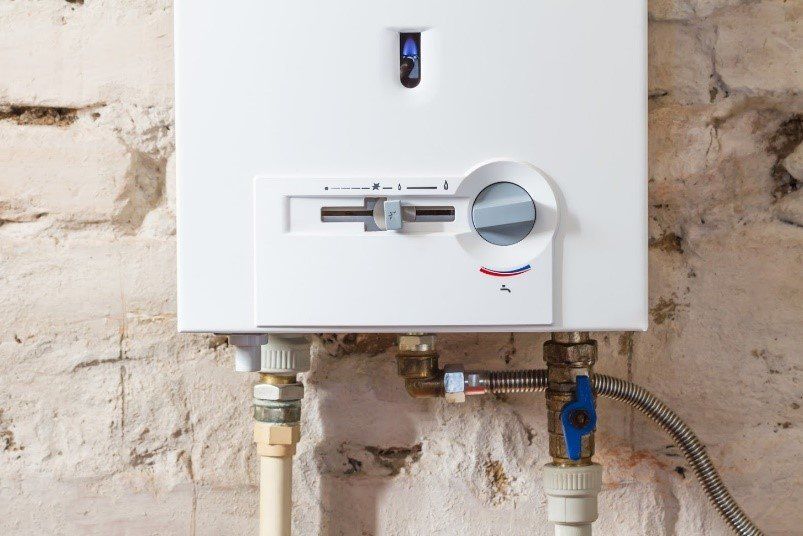3 Steps to Prevent a Ruptured Water Heater Tank
If you haven't provided routine maintenance for your water heater in more than a year, schedule that right away. Your water heater is under a lot of pressure - literally. If too much pressure builds up in the tank, your water heater is at risk for rupture.
Unfortunately, if your water heater explodes, you face significant water damage inside your home, not to mention the possibility of serious injuries to yourself or others. The best way to prevent ruptures is to keep your water heater well-maintained. Here are three steps that will help you avoid a ruptured water heater tank.
1. Flush the Tank Annually
If your water heater tank hasn't been flushed in a few years - or has never been flushed - you need to take care of that as soon as possible. A dirty water heater tank does more than affect the flavor and color of your water. The sediment that builds up in your water heater can cause the tank to burst, especially if enough pressure builds up.
To stop the destruction of your water heater and the potential for a costly flood, flush your water heater tank at least once a year. If you continue to notice sediment in your water or your tank makes unusual sounds, talk to your plumber about a replacement.
2. Replace Components Before They Malfunction
If you're like most people, you wait to make repairs until you're faced with a malfunction. That might work for some systems in your home. However, if you postpone repairs on your water heater, you could end up with a ruptured tank. Where your water heater is concerned, you need to replace worn-out components before they malfunction altogether.
Here are two components that need to be replaced as soon as you experience problems with them.
Thermostat
If you're not able to maintain an adequate supply of hot water, or the temperature fluctuates continually, you need to replace the thermostat right away. A faulty thermostat can cause your water heater to burst, especially once the temperature of the water gets too hot.
Anode Rod
Your water heater has an anode rod inside the tank that's responsible for the prevention of rust and corrosion. Once the anode rod wears out, your tank will corrode at a rapid rate. If you don't replace the faulty anode rod, the corrosion will increase the chances of a rupture inside the tank.
3. Know the Warning Signs
You should know the warning signs of an impending rupture. Once you notice the presence of warning signs, have your water heater repaired or replaced as soon as possible. Here are two signs to watch for.
Pressure Relief Valve Leak
The pressure relief valve is responsible for maintaining the pressure inside the tank. If the pressure relief valve fails, the pressure will build up until your tank ruptures. If you notice a leak in the pressure relief valve, have it replaced right away. The presence of a leak around the pressure relief valves is an indication that your tank has a pressure-related problem.
Rotten Egg Odor
If you have a gas water heater, pay attention for the odor of rotten eggs. This odor is a sign that your water heater has developed a gas leak, which could cause an explosion if left alone. Not only that, but gas can be harmful if inhaled for long periods of time.
Don't take chances with your water heater. The information provided here will help you avoid a rupture in your water heater tank. If your water heater is in need of maintenance, contact the professionals at Scotto's Plumbing Services .



